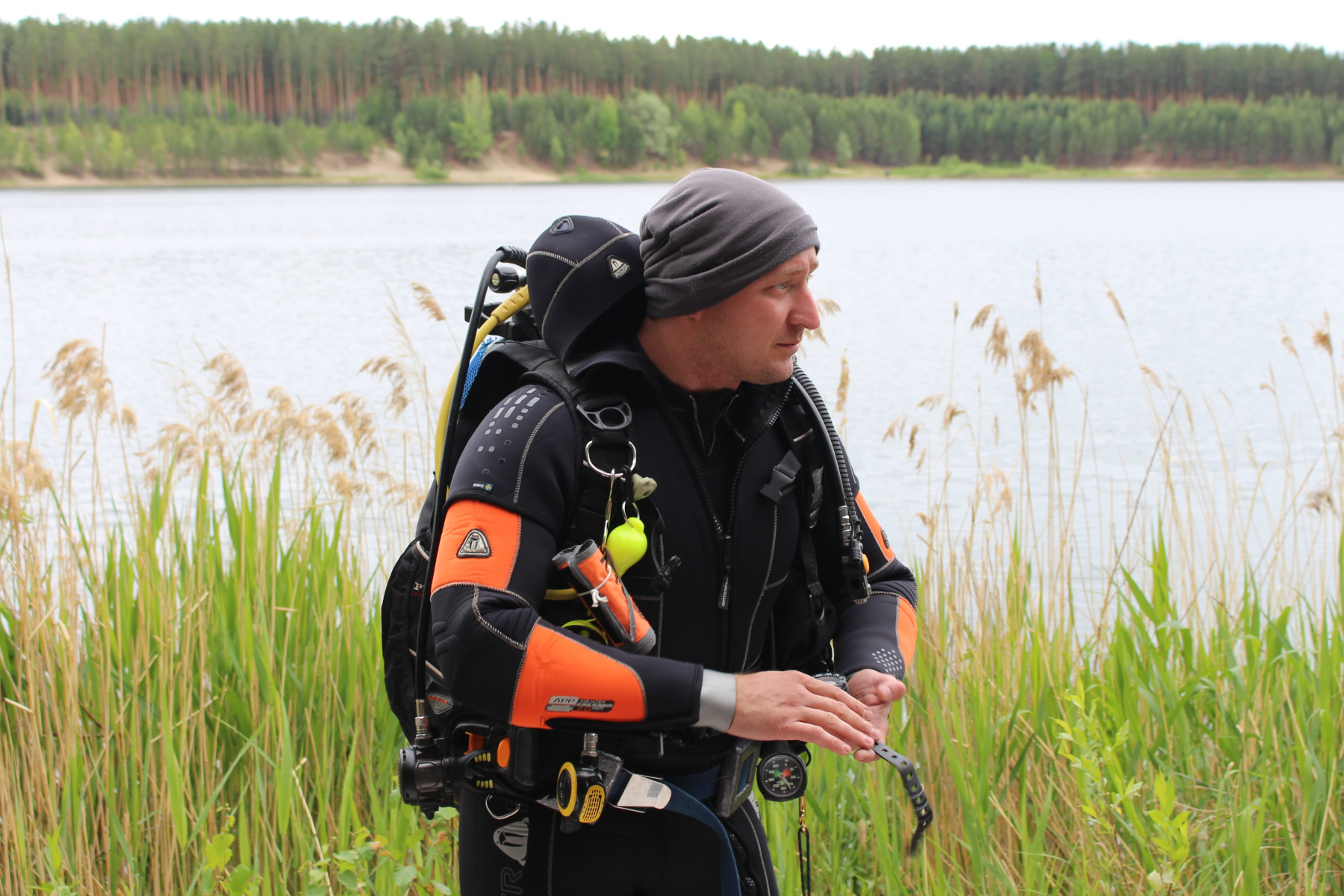A group of eight people from the club SKAT – underwater activity Center of TSU is going on a two-week expedition to Karamzin Island and other islands of the Sea of Japan. Tomsk divers will explore the water area, flooded objects and caves in the depths of the sea. After the end of the expedition, they will make a report and release a film where they will tell in detail about the results of the trip.
This is the first expedition of the club SKAT since 2019. Due to quarantine and other reasons, it was not possible to go on expeditions. Now the club is gaining momentum: new people have joined the team and new plans have appeared. The main objectives of the current expedition are hydrobiological research. The Far East was chosen by the expedition leader Andrey Miller. According to him, there are many interesting places to explore there, and in the local NDL dive center he has a familiar dive master who knows the local water area well and will show sunken objects and caves.
The current expedition involves 8 people. Four of them are students, they have been trained in SKAT and now they are ready to pass the sea test. The other members of the group are experienced divers with many years of experience and experience diving to a depth of 40 meters. From Tomsk, the group leaves for Taiga, from there by train to Ussuriysk, where the group will be met and taken to the destination. They will live in a house on the coast, in the town Slavyanka, and they will get to the islands by boat. If the weather permits, they will dive every day, says Andrey.

The members of the expedition have been preparing for the trip for about 8 weeks. In the "closed water" we trained in the swimming pool and diving tower of the TSU sport club. The diving tower is a large barrel 7 meters deep for diving: you can't swim there, but the depth is sufficient to practice diving skills, explains Andrey Miller. On the "open water" they dived on Neftekhimovsky Lake and Lake Lebyazhy near Pobeda village.
"Summer is only three months, so we go every week for 3-4 days. We have tents, sleeping bags, mats, chainsaws, dishes and equipment. This year we went to Lebyazhye, because we have newcomers in the group, and there the conditions for diving are already familiar. We have such a principle: with beginners, dive only in a known place with safe conditions, and only experienced divers always conduct exploration of lakes in new places. It is clear that we do not have Thailand or Egypt, where there are sea depths and visibility in the water up to 20-30 meters. But in our lakes, even at a depth of 3 meters, if the algae do not bloom and the water is clear, certain skills and emergency situations can be worked out. Then, when diving into the sea, muscle memory is triggered and a person does everything automatically," says Andrey.
The diving club SCAT participants take video equipment, a quadrocopter and standard equipment for divers to the expedition: suits, regulators, masks, underwater computers, compasses, depth meters and so on. Some of the equipment was repaired, and some of it was purchased.
"We will not take the cylinders with us, they will be provided to us by seaside divers. But the suitcases and bags will be huge. When people ask me what diving is, I answer: this is when you carry a "gear" for six hours, then you dive for 45 minutes and you are happy," says Andrey Miller.
Karamzin Island is located in the Sea of Japan, it has a rocky terrain and a peak of about 107 meters. For divers, it is interesting for the sea relief that opens up during dives, as well as research opportunities: three ships sank here in the middle of the twentieth century – the steamship "Indigirka", the Japanese destroyer and the ship "Decembrist".
